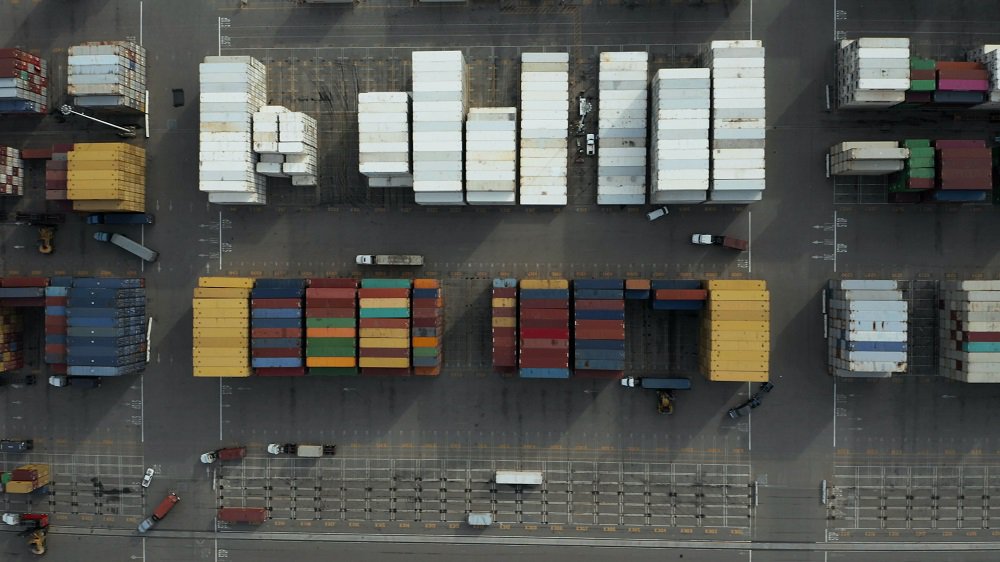Anything you need we are here to help



The Middle East has long been a pivotal region in global geopolitics and trade, primarily due to its strategic location and vast energy resources. However, the region has also been a hotspot for conflicts, which significantly impact global shipping routes, particularly between Asia and Europe. This article explores the historical and current implications of Middle East conflicts on these critical maritime passages, incorporating relevant data to quantify the impact.
The Middle East's strategic importance has been recognized since ancient times, with trade routes like the Silk Road passing through the region. During the colonial era, European powers competed for control over Middle Eastern territories, seeking to dominate trade routes and access to resources.
After World War II, the Middle East's geopolitical landscape changed dramatically with the discovery of vast oil reserves and the subsequent formation of independent states. The Cold War era saw the United States and the Soviet Union vying for influence in the region, further complicating its political stability.
The Suez Canal, opened in 1869, is one of the most crucial maritime routes connecting the Red Sea with the Mediterranean Sea. It allows ships to avoid the lengthy and treacherous journey around the southern tip of Africa. Approximately 10% of global trade passes through the Suez Canal, translating to around 19,000 ships and 1 billion tons of cargo annually.
The Strait of Hormuz, situated between the Persian Gulf and the Gulf of Oman, is another critical chokepoint. It is the world's busiest oil transit chokepoint, with about 21 million barrels of oil per day, accounting for roughly 20% of the world's petroleum consumption, passing through this narrow passage.
The Bab el-Mandeb Strait connects the Red Sea to the Gulf of Aden. It is a vital artery for shipping routes, especially for oil tankers and cargo ships traveling between Europe and Asia. An estimated 6.2 million barrels of oil per day flow through this strait.
The Suez Canal has been the epicenter of several conflicts, most notably during the Suez Crisis of 1956 and the Arab-Israeli Wars. These conflicts led to blockades and closures of the canal, severely disrupting global trade. More recently, political instability in Egypt has occasionally raised concerns about the security and accessibility of this vital route. The blockage of the Suez Canal in March 2021 by the Ever Given container ship highlighted the canal's vulnerability, causing a delay of over $9 billion worth of goods each day.
The Strait of Hormuz has frequently been a flashpoint in Middle Eastern tensions, particularly involving Iran and its neighbors. The Iran-Iraq War in the 1980s saw both countries targeting oil tankers in the strait, leading to significant disruptions. Ongoing tensions between Iran and Western powers continue to pose a threat to the safe passage of ships, with periodic incidents of harassment and seizure of vessels. In 2019, such tensions led to a temporary spike in oil prices by over 5%.
Piracy off the coast of Somalia and ongoing conflicts in Yemen have made the Bab el-Mandeb Strait a hazardous route for shipping. The instability in Yemen, exacerbated by the civil war and the involvement of regional powers, has led to several attacks on ships passing through this strategic chokepoint. The number of piracy incidents in the Gulf of Aden peaked at 237 in 2011, though international naval patrols have since reduced these incidents significantly.
Conflicts in the Middle East often lead to increased shipping costs due to the need for longer detours, higher insurance premiums, and the deployment of naval escorts for protection. These additional costs are eventually passed on to consumers, affecting global trade and economies. For instance, rerouting around the Cape of Good Hope instead of using the Suez Canal can add approximately $300,000 in fuel costs for a single voyage.
Disruptions in shipping routes can lead to significant delays in the delivery of goods, affecting supply chains worldwide. This is particularly critical for just-in-time manufacturing industries that rely on the timely arrival of components. The Ever Given incident alone delayed the delivery of goods worth billions of dollars and created a backlog of hundreds of ships.
Given the Middle East's role as a major oil producer, conflicts in the region often lead to volatility in global energy markets. Any threat to the safe passage of oil tankers can cause fluctuations in oil prices, impacting economies dependent on energy imports. The aforementioned incidents in the Strait of Hormuz exemplify how geopolitical tensions can quickly translate into economic shockwaves.
To mitigate the risks associated with Middle East conflicts, shipping companies and countries are exploring alternative routes. The development of the Northern Sea Route through the Arctic is one such example, though it presents its own set of challenges. The Arctic route, while shorter, is limited by ice conditions and is only navigable during certain months of the year.
Countries and international organizations are investing in enhanced security measures to protect shipping routes. This includes increased naval patrols, the use of private security contractors, and international cooperation to combat piracy and ensure safe passage. The International Maritime Organization (IMO) has implemented various measures to increase maritime security and safety.
Technological advancements, such as the use of unmanned drones and improved satellite monitoring, are being employed to enhance the security and efficiency of shipping routes. These innovations help in early detection of threats and better navigation in conflict-prone areas. Satellite-based AIS (Automatic Identification System) tracking has become a crucial tool for monitoring ship movements in volatile regions.
The conflicts in the Middle East continue to have profound effects on global shipping routes, particularly between Asia and Europe. While the region's strategic maritime chokepoints are essential for international trade, their vulnerability to geopolitical instability poses significant challenges. Mitigation strategies, including route diversification, enhanced security measures, and technological innovations, are crucial for ensuring the resilience of global shipping networks. The international community must remain vigilant and cooperative to navigate the complexities of Middle East conflicts and their impact on global trade.

